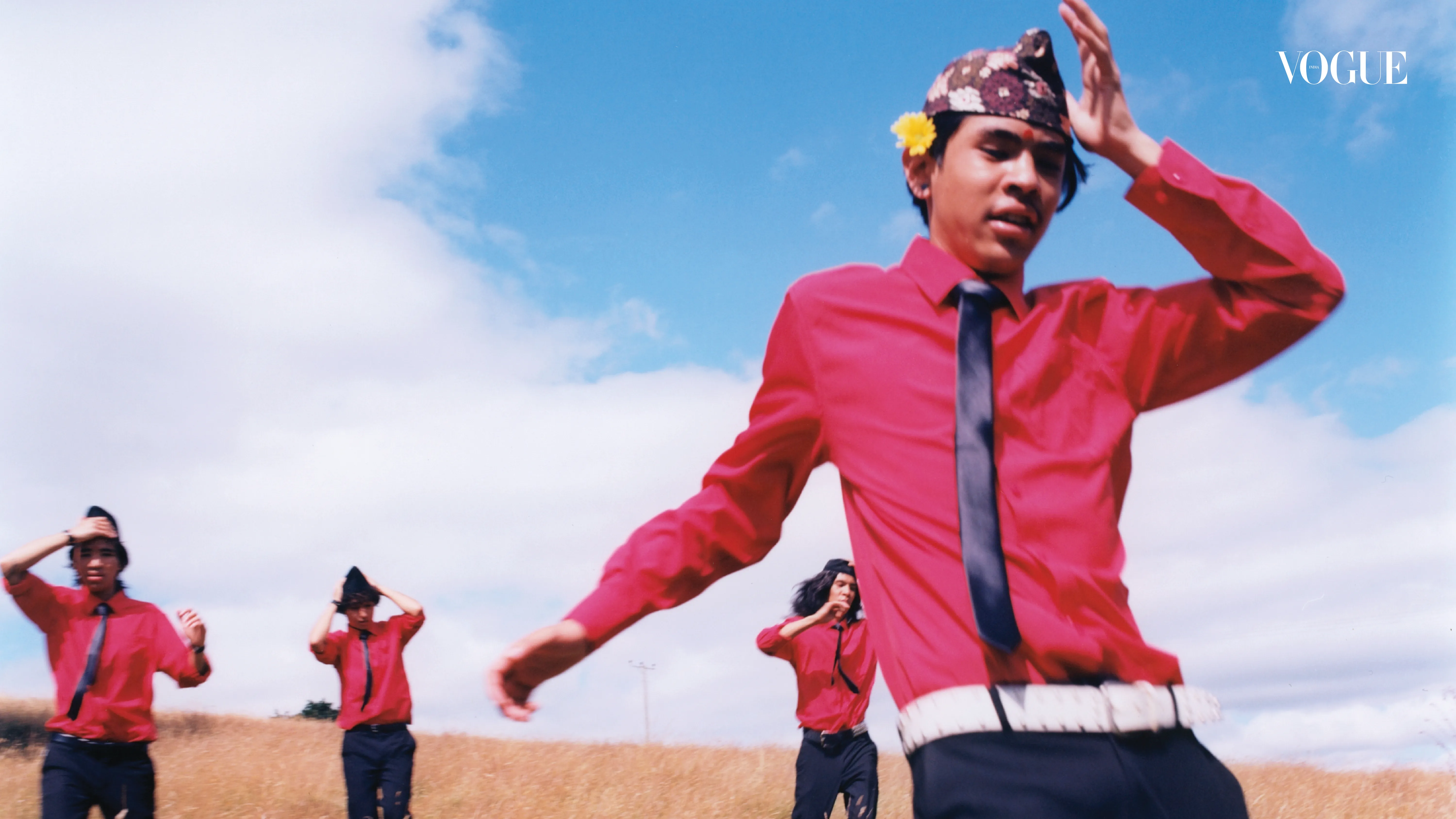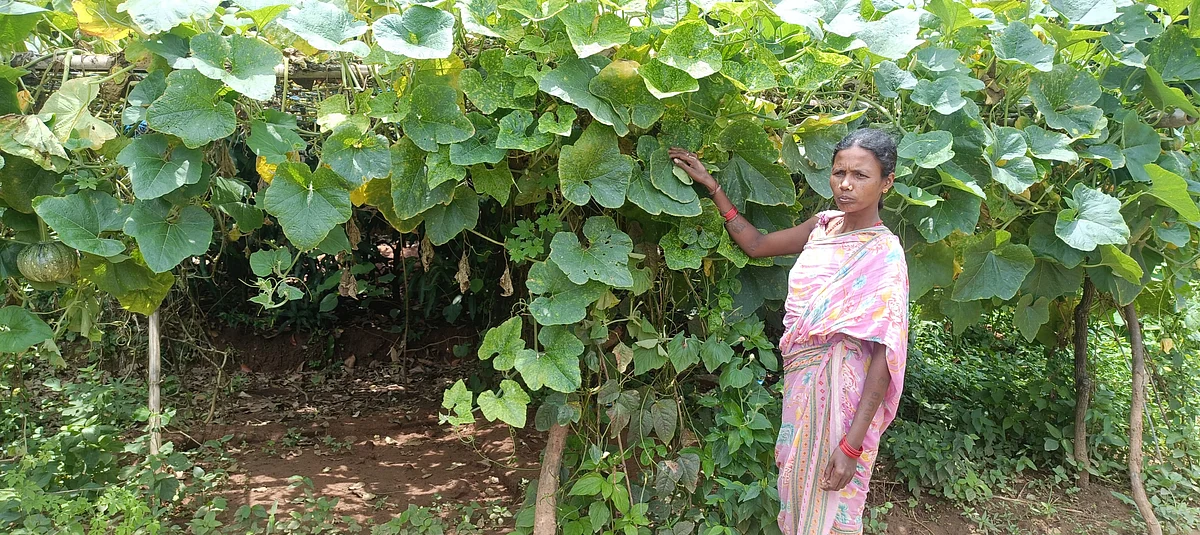By Swareena Gurung
Copyright vogue

“Ayo Gorkhali!” (“The Gorkhas come charging!”) A phrase every Nepali child has chanted. Once a war cry, today it stands as a slogan of identity. In Stratford, East London, a Nepali restaurant has claimed the chant as its moniker, serving curries across the road from a traditional British pub. To the passerby, it may seem innocuous; to those who know, it nods to the Gorkha—the stoic mercenary sent to fight other people’s wars in far-flung lands. For the community, it also carries the weight of the long journeys Nepali families made to settle in the UK. Despite employing Gorkhas in its armed forces for almost 200 years, Britain only granted them and their families the right to stay in 2008.
When photographer Tirtha Lawati moved to Britain at ten, he found himself one of the few Nepali boys in a mostly white suburb. Like many of his peers, he became an intermediary for older relatives navigating a new language and, sometimes, hostility from locals. “It was a transitional period, marked by collective trauma,” he recalls. “Young Nepalis had to grow up quickly, balancing expectations at home with a completely new life outside.” Many had moved from Nepal via countries such as Brunei and Hong Kong, where their fathers served in the British army and were exposed to vastly different cultures. With his friend, stylist Sam Thapa, Lawati has translated those memories into a series of photographs — autobiographical vignettes of their upbringing, staged across London, Wales, and Kent.
For young immigrants, school often becomes the arena for both assimilation and self-definition. Lawati captures this in his images, casting local Nepali youth against quintessentially British indoor and outdoor spaces, dressed in school uniforms paired with dhaka topis, traditional Nepali cloth hats. In one photograph, a boy irons his shirt with the precision of a military father’s standards, a nod to an older generation’s fixation on being “suited and booted” as a tool for assimilation. In another, two boys watch as their friend adjusts his dhaka topi, observing himself in the mirror with uncertainty.
“We wanted to explore mundane, personal moments that reveal subtle tensions. Since my work is heavily influenced by documentary and portrait photography, I wanted to show this from different vantage points,” Lawati says. By staging his models against three scenarios — at home, in everyday public spaces, and in solitary expanses — there is a sense of how personality is shaped by surroundings. “The way we are with our families, with ourselves, and with the world outside—that distinction felt important to show,” he adds.
When a community’s greatest export is the military valour of its men, the lore becomes pervasive, defining not just how they are seen, but how they see themselves. Valour shifts from a personal trait to a shared assumed identity and, to some, a burden — inevitably tied to traditional masculinity. Thapa’s styling pushes at this tension. In one shot, a schoolboy gazes across the landscape, wrapped in a gauzy red sari. “I thought of my mother getting her sari out for military events while styling this,” he says. In another, hairstylist Pabina Lawati ties a male model’s hair with a lacha—a Nepali woman’s hair ornament.
“Even Nepalis who are slightly older but only came to the UK as adults question such imagery,” Thapa says. “It’s hard to explain the influences that framed our upbringing, that drove us to push against imposed standards — to assimilate from both sides. On one hand, to be British; on the other, to uphold our parents’ values. Growing up, the imagery we’ve created simply didn’t exist.” Thapa, who has worked with brands such as Kenzo and Off-White, has long been influenced by the intersection of music and fashion. “We wore our ties ridiculously short in punk-rock style, and I’ve tried to showcase that in the styling,” he adds.
In September, Nepal’s Gen Z toppled a corrupt government within days and helped install the country’s first woman prime minister—much of it coordinated through a Discord poll. For a moment, the world turned its attention towards Nepalese youth, and within the diaspora, the same drive to assert identity and agency is palpable. In the UK, Nepalis remain one of the country’s newest diaspora populations—slightly younger and less visible than more established South Asian communities. Through their photographs, Lawati and Thapa aim to create a space where Nepali youth can see themselves, recognise how identities can be shaped in the liminal spaces between cultures, and claim both sides of their heritage; to be Nepali and British.
A new art show in Bengaluru displays the beautiful labels that sold British cloth to Indians
25 years ago, Saffronart founders Dinesh and Minal Vazirani set out to make Indian art more accessible. They succeeded
Pakistani artist Sara Shakeel’s new project is for the astrology girlies



